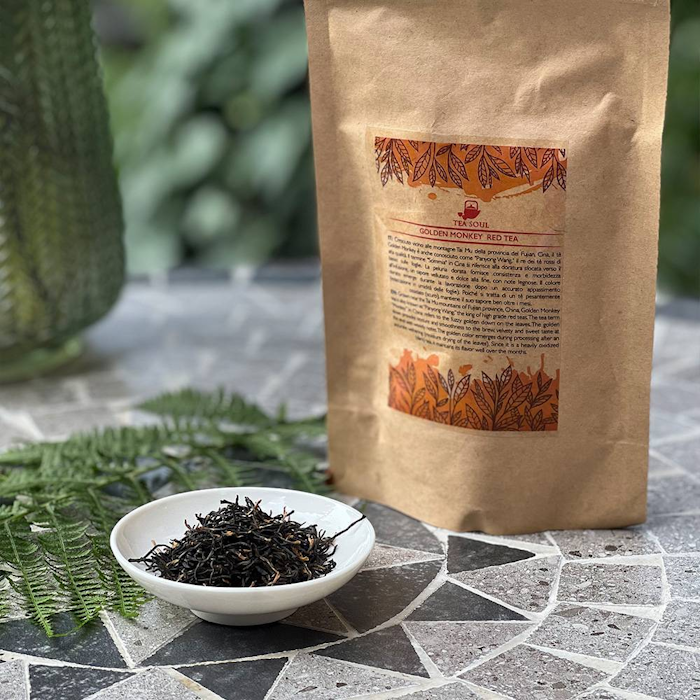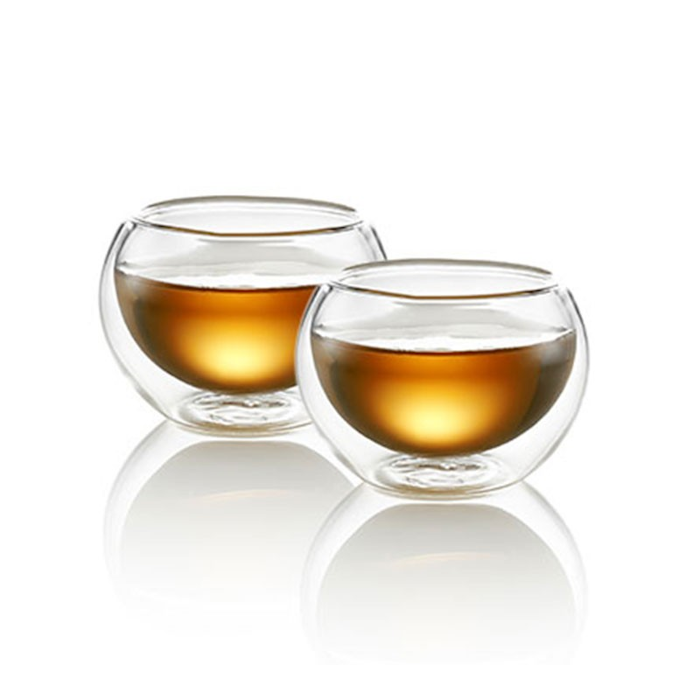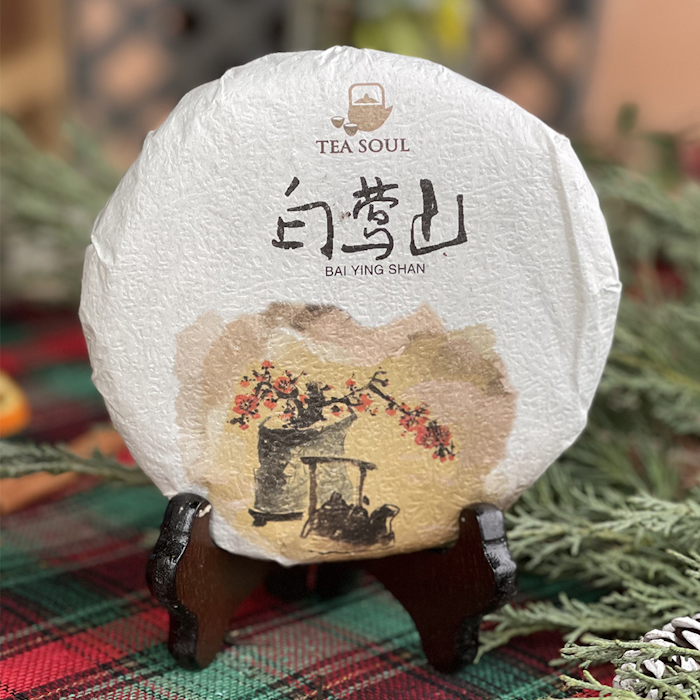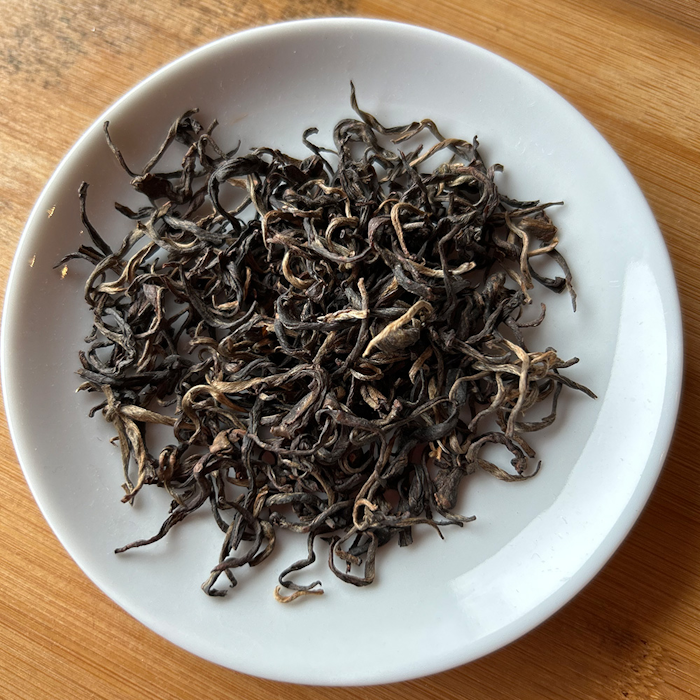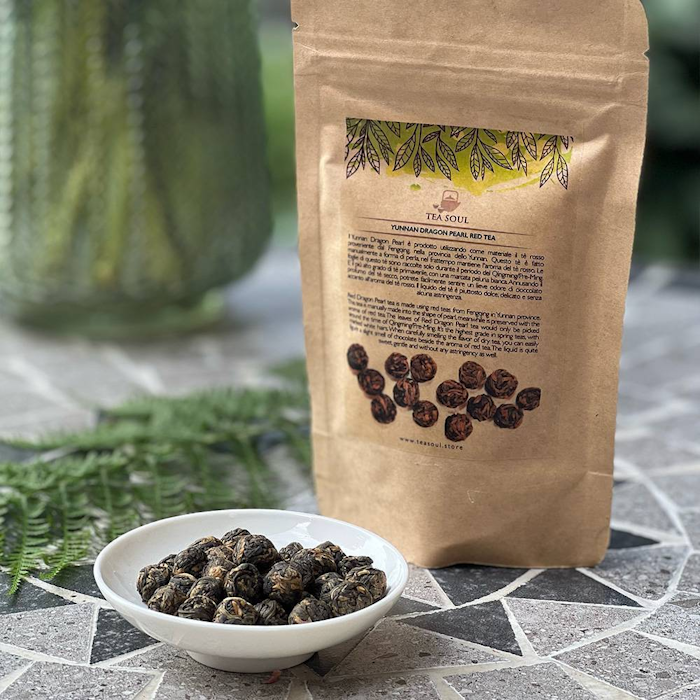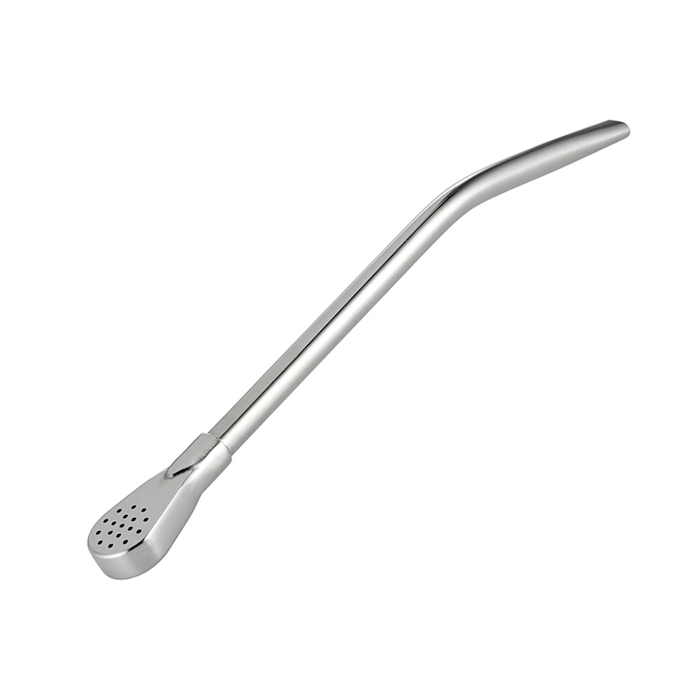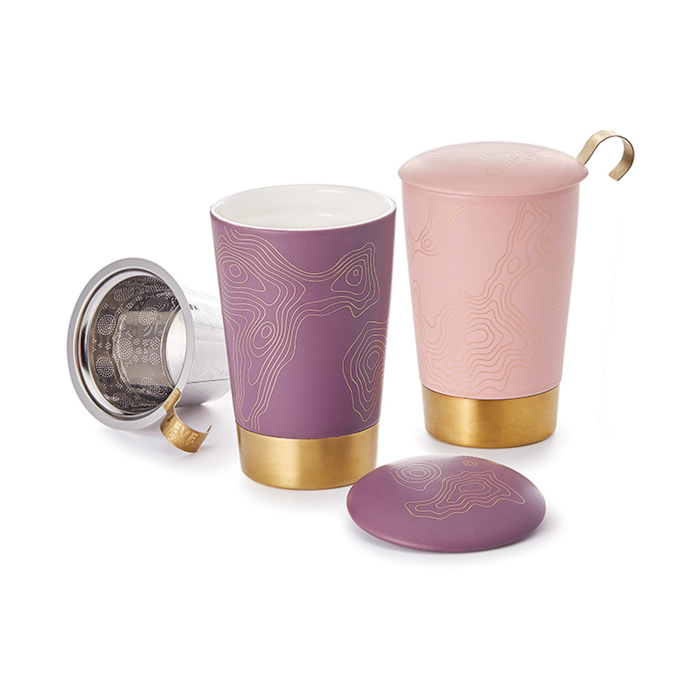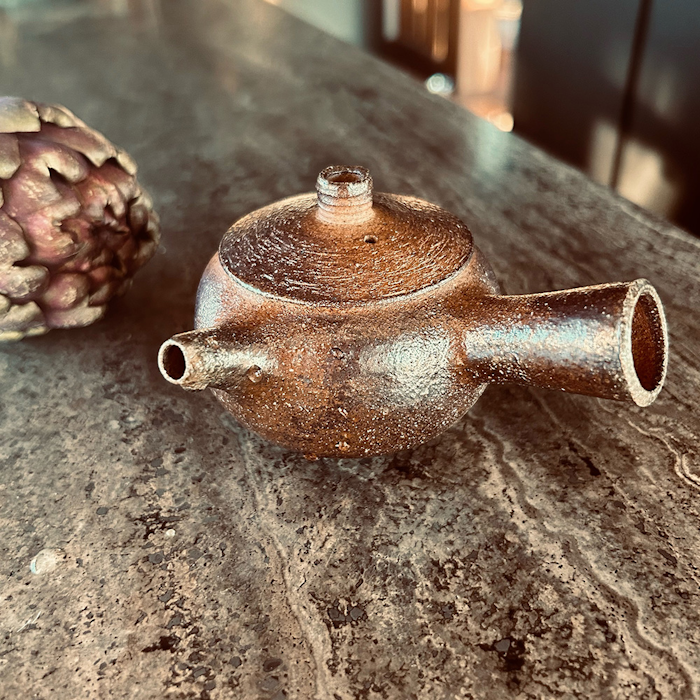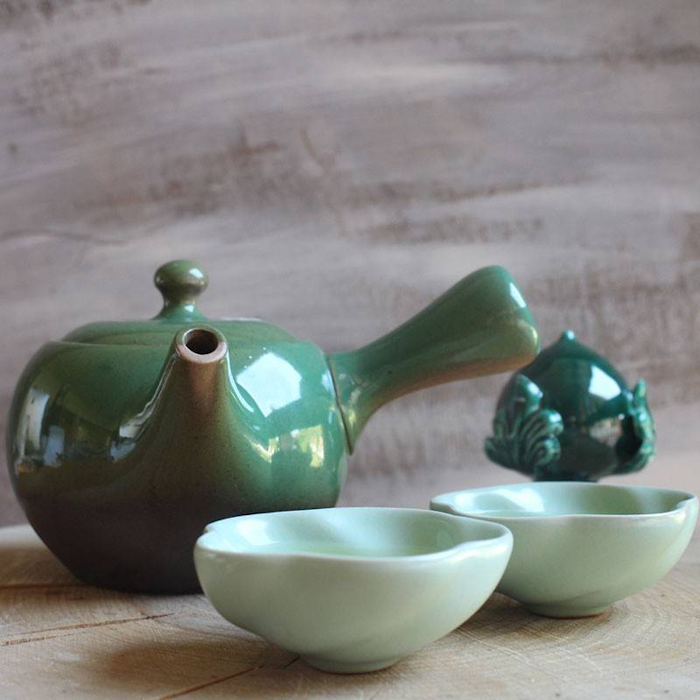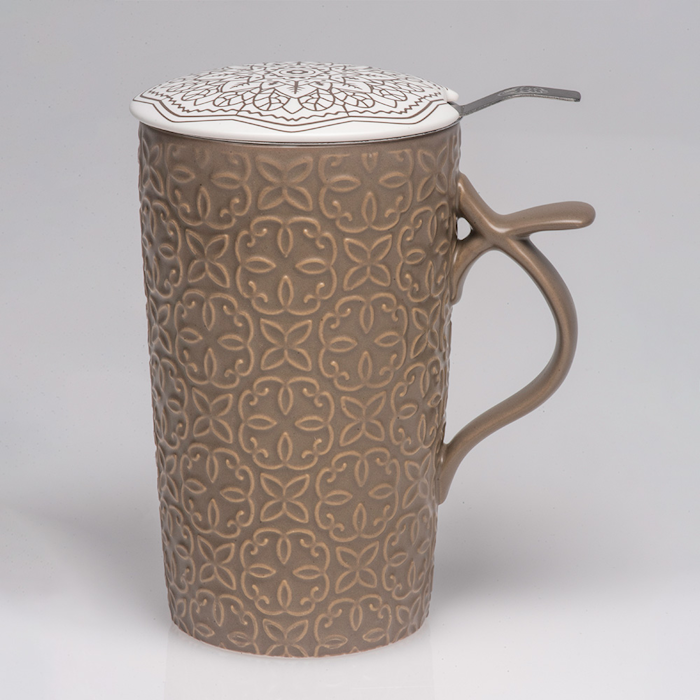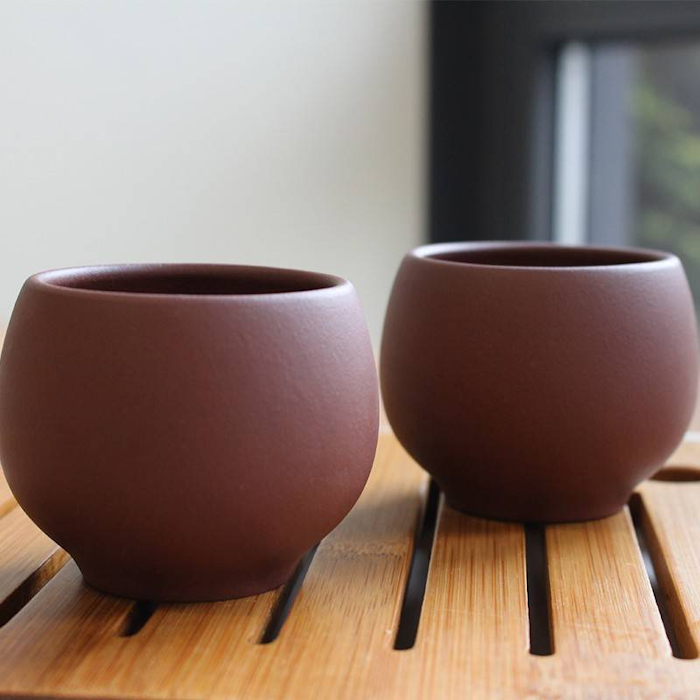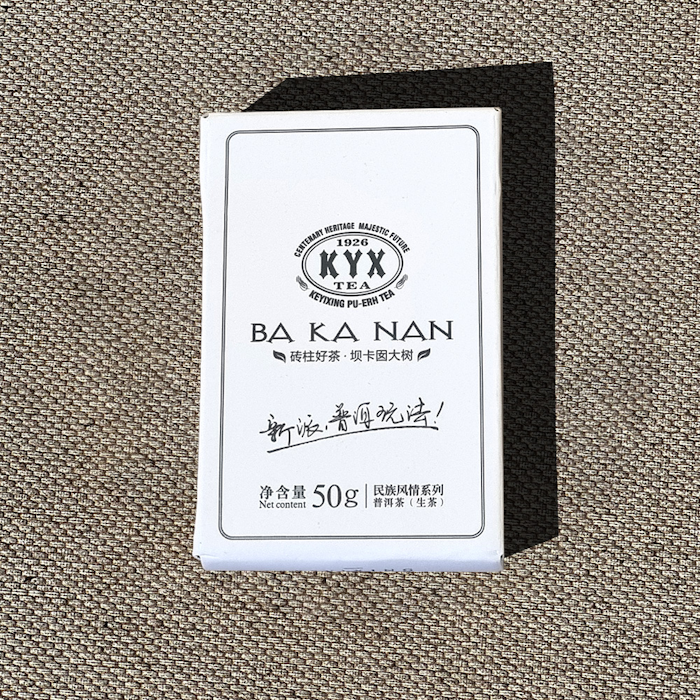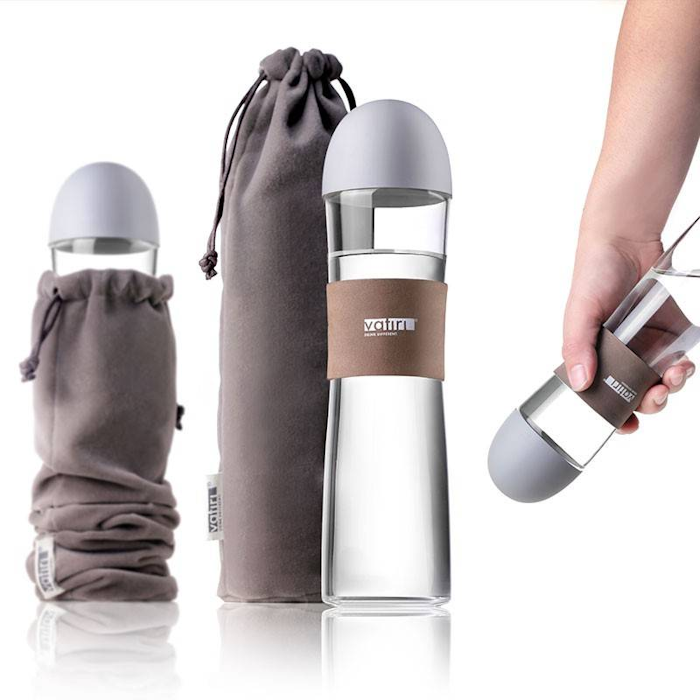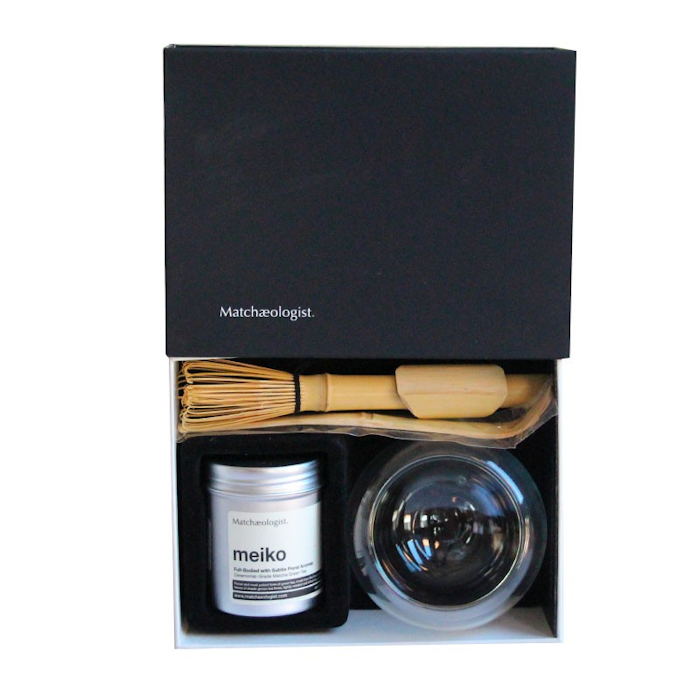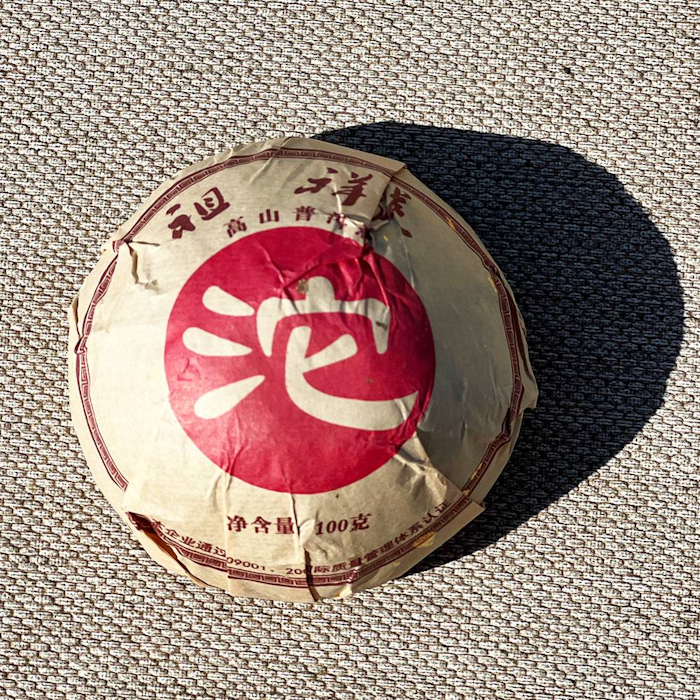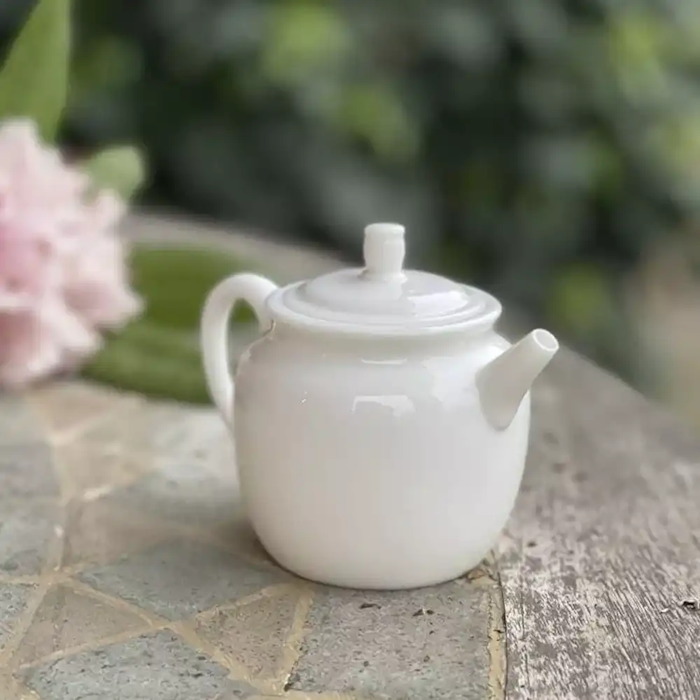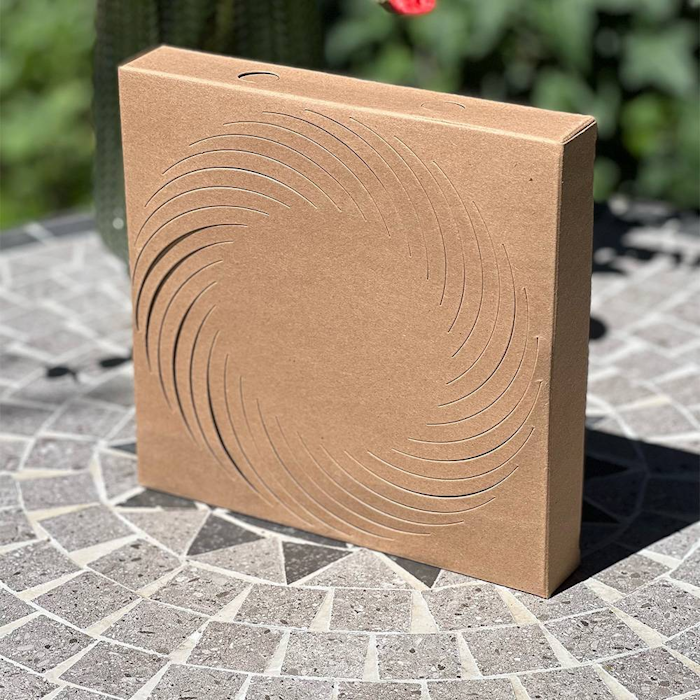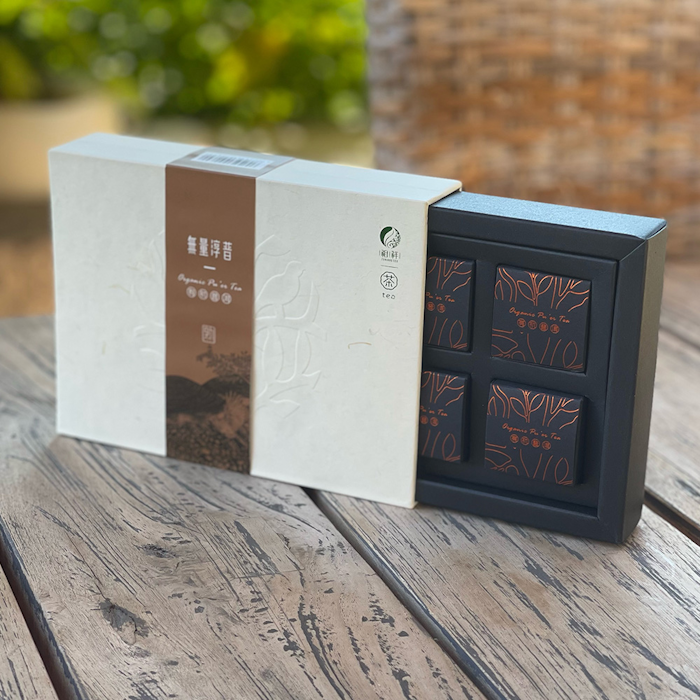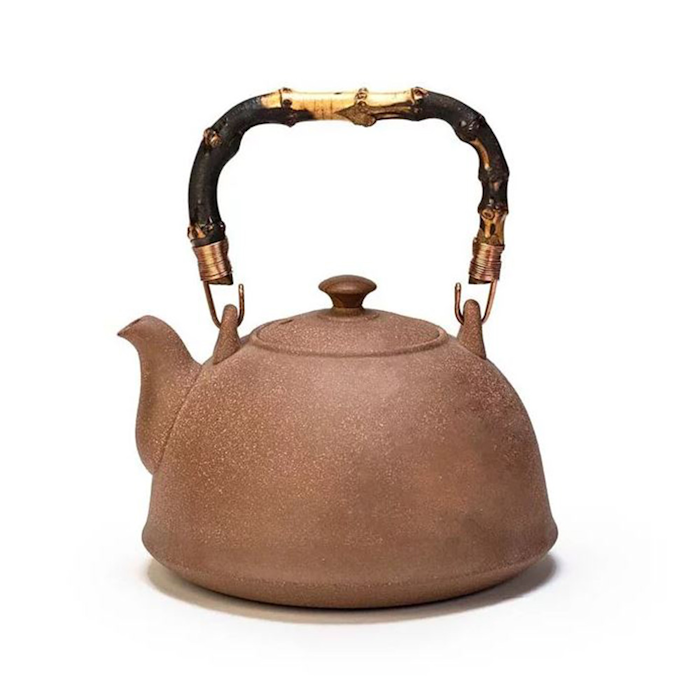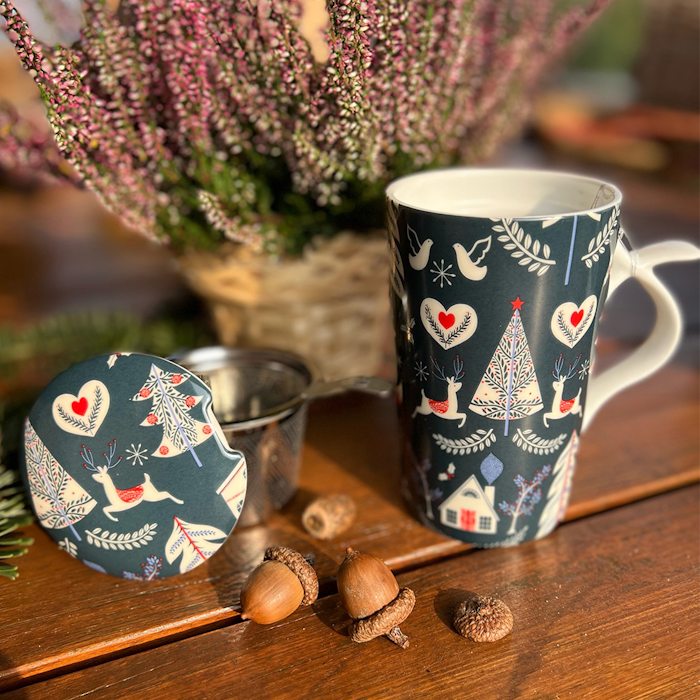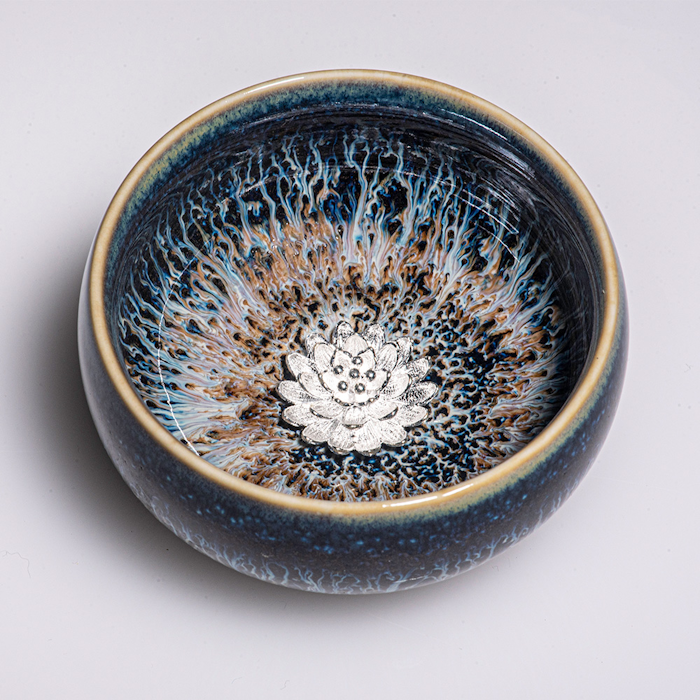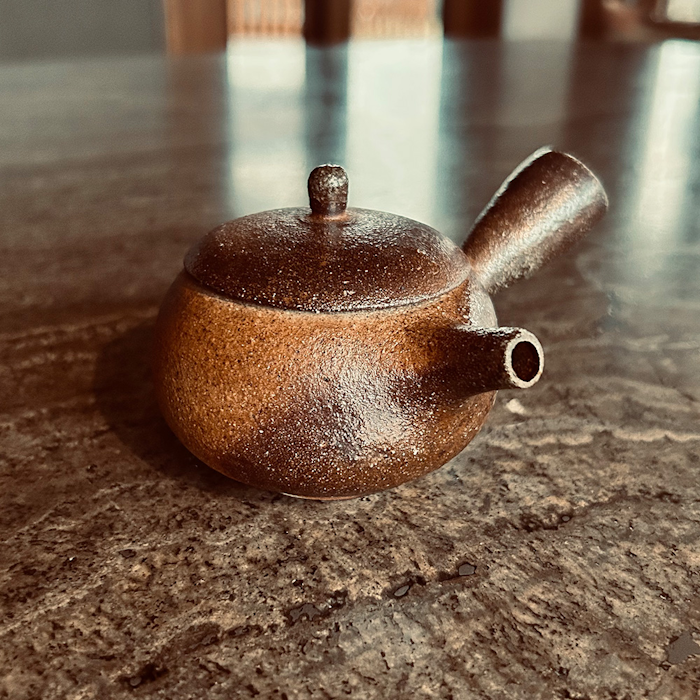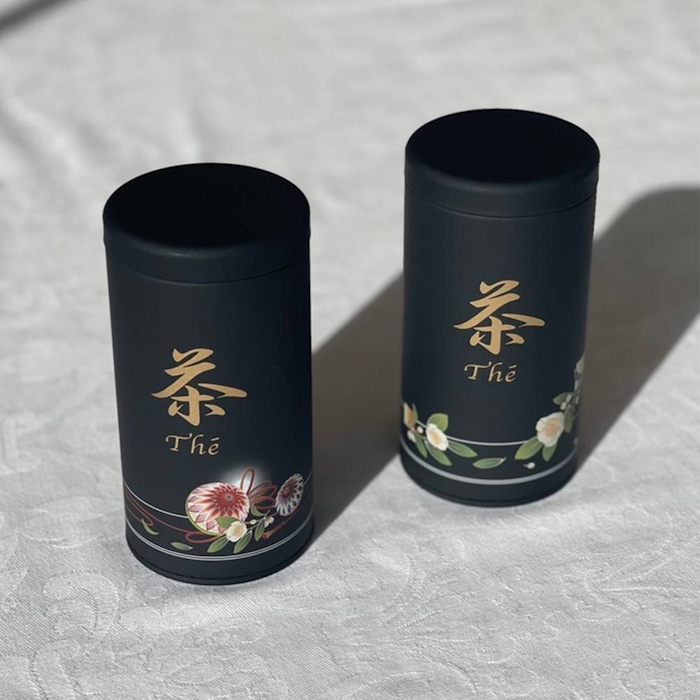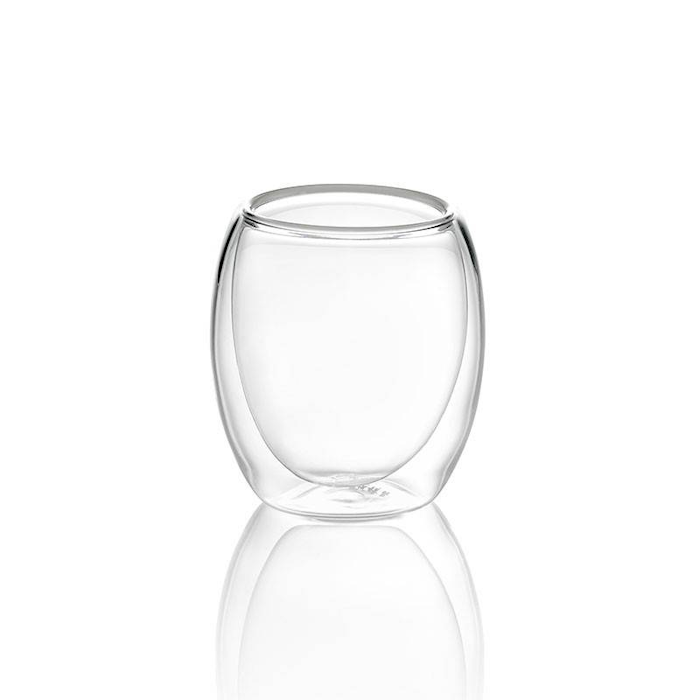Dong Ding Oolong Tea is a fairly renowned type of Taiwanese oolong that has changed a lot from its beginnings in the 1980s to the present. In fact, when this tea began to conquer the market about forty years ago, it had high oxidation and underwent a very intense cooking process that made the leaf appear dark brown in color like that of a red tea. Nowadays although it comes from the same area in Taiwan around Mount Lugu this product is usually oxidized and roasted less as the general taste nowadays prefers a less smoky and tannic character in oolongs.
With regard to the flavors of this new Dong Ding in our selection we tried to focus a little more on the roasting process to achieve a deeper taste. Thus, in particular, during tasting, one will notice the woody flavor nuances and, only in the background, some vegetal notes characterized by a dark and balsamic tone. In comparison with the other Don Ding in our catalog this one will have in the aftertaste a slight bitterness due to the cooking that reveals the production approach more akin to that of the past as opposed to the softer and fresher modern style.
Tasting - Sight and Smell
Dong Ding oolong tea from Taiwan has rather narrow, shiny-surfaced, dark green and military green leaves with tints between light brown and ochre at the stems. Once infused, they give off floral, roasted nutty and slightly herbaceous and fresh aromas on the finish. In the cup, the liqueur is straw yellow in color with some pinkish highlights.
Tasting Notes
GONG FU CHA
The first infusion of Dong Ding oolong tea from Taiwan has sweet hints reminiscent of caramel and vanilla, followed by light but easily detectable notes of white flowers. It is with the second infusion that the body of this tea becomes thicker and oilier, with a milky note mixed with floral. A fresh herbaceous note, completely devoid of astringency, and roasted hints of hazelnut and caramelized almond can also be detected. The third infusion brings notes of white flowers now much more intense, including wisteria and magnolia. The milky sweetness becomes more pronounced and, combined with the density of the body, brings to mind cream and milk and honey. A very faint citric note appears on the finish, which is felt on the sides of the tongue.
TO THE WEST
The first notes that one senses at the first sip of Dong Ding oolong tea from Taiwan recall a magnificent floral bouquet of wisteria, lily of the valley and orchid. This is followed by roasted hints of almond and a very slight hint of charcoal. The body is dense and almost creamy, and the taste reveals milky and buttery notes as well as a hint of vanilla, reminiscent of custard.
No bitterness or astringency. The persistence is floral and extremely sweet, so much so that it leaves a sugary sensation on the tongue and palate.
Location of origin
Lugu Mountain, Nantou - Taiwan
Production
After harvesting, the leaves wither in the sun for a few hours before being passed to rest on bamboo trays under cover. From there, oxidation is initiated by manual massaging of the leaf, which is performed by the master producer. Once the desired oxidation (of about 40 percent) has been reached, the tea moves on to the next stage where the leaves go into a charcoal-heated kiln to stop enzyme activity and fix the product's characteristics. After this stage in the oven, the leaf is given its final shape by hand by rolling it on itself so that its aromas can be better preserved. The product can now be roasted several times to change its flavor profile, and once it is dried, it will be able to keep its rolled shape fixed and finally be ready for consumption.
Preparation
We strongly recommend infusing this tea in the traditional Chinese method (gong fu cha) to best enjoy these leaves. Following this preparation, 5 grams of leaves (about 3 teaspoons) can be used in a gaiwan of about 100 ml to obtain multiple infusions with different tastes. After a quick rinse of the leaves in water at 90°C, an initial infusion of 15 seconds can be made, after which, keeping the water at the same temperature, the time can be increased each time by 5 seconds from the previous infusion (15 - 20 - 25 ...)
This tea has a longevity of about 6 infusions.
For a classic preparation according to the Western style, we recommend 3 grams of leaves (about 2 tsp) in a 150 ml cup with water at 90°C for an infusion time of one and a half minutes.
If you would like to try experimenting with infusions with this tea with different amounts of leaves try to think of the suitable amount to allow the leaf to expand freely in the liquid without being compressed or hindered in this. By doing so you will make the most of this product without hindering the extraction of the flavor substances.
The tea can be filtered for ease when tasting and also the infusion times given above here are meant to be purely indicative so you can also adjust according to your personal taste.
We recommend storing it in a cool and dry place away from direct sunlight.










